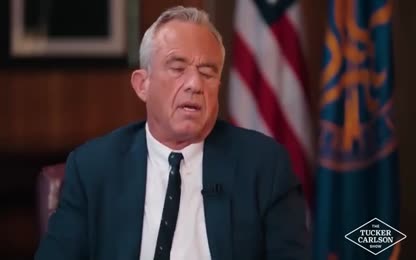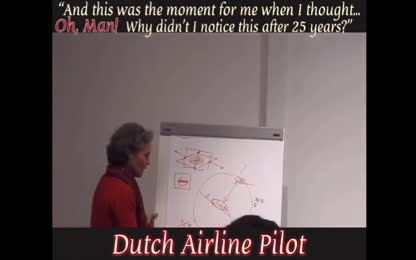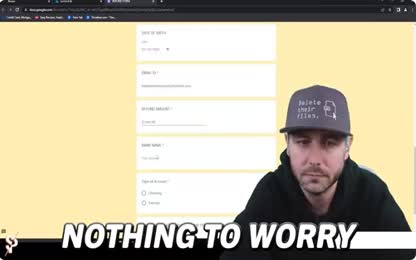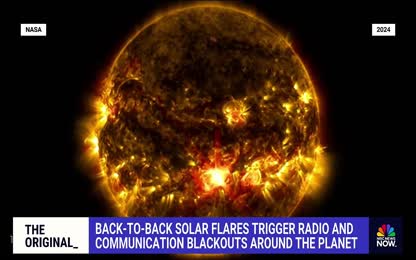Advertisement
Nino Vitale’s Face Mask Test Confirms Hazardous Oxygen Deprivation
OH State Representative Shows Oxygen Levels Drop Into The Danger Zone Seconds After Putting A Mask On.
In a recent test, oxygen levels drop into the danger zone FIVE SECONDS after putting on a mask. Using the GX-2009 gas monitor, a test of 3 different masks shows oxygen levels drop below the minimum Safety and Health Administration (OSHA) approved 19.5% safe level in less than five seconds.
Breathing in air with low oxygen can cause major health issues. OSHA’s Respiratory Protection Standards state, “oxygen levels below 19.5% are an immediate danger to life or health.” This is what so-called health experts, government officials and businesses are requiring employees, and soon, school children, to wear.
What science did Acton, DeWine, Fauci and Husted use to try and mask an entire society? What testing did they do? What equipment did they use that we can vet and test for ourselves?
Human beings must breathe oxygen to survive and begin to suffer adverse health effects when the oxygen level of their breathing air drops. These so-called experts who cannot even agree among themselves, are putting the health of citizens in danger and soon, the health and cognitive ability of our school children.
“At concentrations of 16 to 19.5 percent, workers engaged in any form of exertion can rapidly become symptomatic as their tissues fail to obtain the oxygen necessary to function properly. Increased breathing rates, accelerated heartbeat, and impaired thinking or coordination occur more quickly in an oxygen-deficient environment,” states the OSHA standards cited in the link below.
The standards go further to clarify, 12 to 16 percent oxygen levels cause impaired attention, thinking, and coordination. Even in people who are resting.
I do not trust ANY of these people to make decisions for my health and safety, nor the health and safety of our children. Do you?
It is time to alert our local school boards and superintendents about the dangers our children will face if we require masks when they go back to school.
And if you work for a company forcing you to wear a mask, show them this research and these links and citations. They are breaking OSHA health and safety protocols. They can order this unit for themselves and conduct their own test.
DO NOT listen or trust these officials ever again.
- Category: Riot/Mayhem/Organized Chaos
- Duration: 06:41
- Date: 2020-06-27 20:20:48
- Tags: masks, lockdown, quarantine, coronavirus, covid-19
9 Comments
Video Transcript:
Hi, this is State Representative Nino Vitale. We're here today to talk about oxygen deprivation and mask usage. We're out here in the middle of a field in Champaign County. It's a beautiful 70 degrees this evening. We're next to 100 acre woods. And what we have here is an instant oxygen sensor. This senses different types of gases. And if it senses anything above or below the normal level, this GX 2009 made by RKI, you can look up this unit. We'll beep and it will tell us if there's a problem. Now, as you can see, 19.5% is what OSHA recommends as safe. Anything below that is considered unsafe. This unit will beep if the oxygen level drops below that. Right now, you can see it's at 20.9, so it's above safe levels. And we're going to bring in our first student, because of course the public health experts are recommending that we have... You can come in. That we have our students wear masks. So we're going to take the GX 2009. We're going to put it up inside the mask and just have our student breathe normally here and see if it starts to... Okay, you can see that this started to beep right away. Let me see if I can show the percentage here. 17.1 is what it shows. You see if I can get that peak. Okay, there it is. It actually was lower than that at 17.0. So again, 19.5, and you can see how quickly that was. Thank you. We're going to bring in student number two. Let me clear the peak on this, because this does have a memory, so I'm just going to hold the air button here and clear that. Okay, so now you can see our peak is back to 20.9, and we're going to bring in our second student with the N95 mask. This is the 3M N95 mask. A little harder to get this in, because this one's a little smaller mask. But do your best to put this up underneath your mask near where you breathe there, and we'll see what happens. Again. Oh, okay, there we go. Almost immediately from breathing, it's sensing. Okay, thank you. Now let me get to the peak screen, where it has the memory on it. Okay, there's the peak of 18.1. So almost immediately, this is dropping below what is considered safe by OSHA. And now we're going to bring in our third mask, our third student with a different type of mask. This is just your standard surgical mask. Okay, I'm sorry, I'm just trying to clear this, because I don't make sure everybody knows. So the peak now is 20.9, we're back clear. Let me get back to the reading screen. Okay, now it's an active reading mode at 20.9 as well. And then if you would do the same thing, we're going to have student number three here, just put it up under his mask, and just try to put the mask back as best. Okay. Thank you. All right. And it was showing in the 17. So here I'm going to try to turn the alarm off, go to the peak screen. Okay, that one, 17.6. So as you can see, the 19.5 is what OSHA considers the danger level. And on all three of the tests, we did a straight surgical mask. We did an N95 mask, and we did a very thin mask of the first student. Can you hand me that? I just want to show how thin that mask is. Yeah, the gray one there. That's great. I mean, this is, this is basically, this was the first one. This is very thin material, and it's still trapping and lowering the oxygen level. Again, GX 2009 made by RKI Industries. Anybody can do this test. Just instantly the oxygen levels drop below the danger zone. Here's another test of the GX 2009. This is the gas oxygen CO2 monitor. We're out here in the fresh air standing next to a vehicle. And you'll see it's reading zeros on everything except oxygen level is 20.9. And we're just going to take it now. This is actively reading. So this is these are active measurements. And we're just going to take it down here. If you bring the camera down closer, a little bit here. And then when we set this, you can see how quickly this starts to go off. I'll just let it go for a second here. We're reading 45 parts per million and we're really going high now. Oxygen level, dying. You can see how bad and how quickly that gets. And then it resets itself. Stay there. So you can see here's the peak 52 on the CO2. And was at 14.8 on oxygen, where 19.5 is OSHA regulated minimums for oxygen. Hi, we're here again with the GX 2009 oxygen sensor. And I just want to show people that when you we tested those masks, when you hold this up to your mouth, you can see how close I'm holding this and I'm talking directly into it. It is not going off. So we want to make sure that we aren't misleading people. If you look at the video, you'll notice that when we had the students with the masks on and put this inside their mask, it was actually left to the side. So what I'm doing now is breathing directly in, talking directly into this as if it were a microphone. There's sensors on the top and sides, front and sides of this. So you can see that oxygen levels holding at 20.9. And of course, OSHA says the level at 19.5 or below is unsafe and dangerous. And this oxygen sensor, the GX 2009, will almost immediately go off if it starts to get into that range. So again, just talking into this to show that this is a very sensitive instrument. Anybody can get one of these, although they are a little bit expensive and try it for










 Donate
Donate







